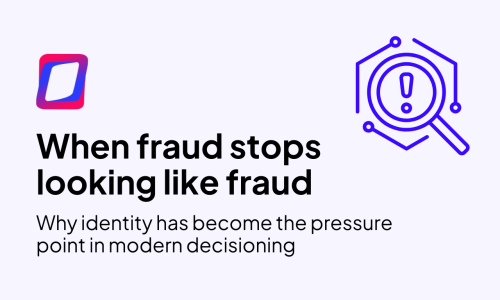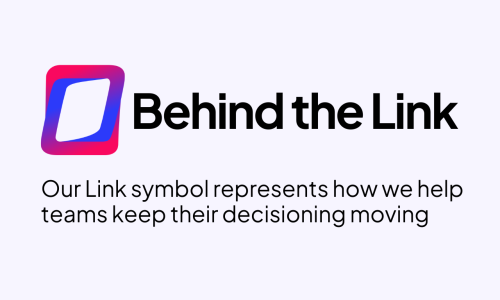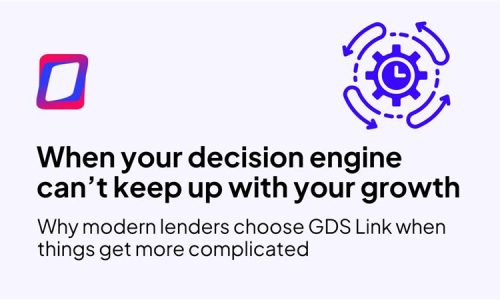How to Build a Credit Risk Management Framework
Any organization lending money or extending credit needs a credit risk management framework to protect itself and assess credit risk. Without a framework, it’s easy to become overextended on financial obligations, putting your organization at a greater chance of finding itself in the hole.
No two credit risk management frameworks are the same, and they shouldn’t be. Every lending institution is in a different place and looks at different qualifying factors and elements, which necessitates a unique framework depending on risk tolerance, governance, and competitive variables.
Institutions are also willing to make certain considerations and sacrifices regarding their credit risk management model for various reasons, so a credit risk management framework remains highly personalized and fluid. A thorough analysis by banks and other financial institutions must occur to manage credit risk properly. In this analysis, the right data will showcase how to formulate the best qualifying, processing, and managing framework for an institution’s borrower.
What is a Credit Risk Management Framework?
A credit risk management framework helps identify, monitor, measure, and control risks when extending credit. By understanding the full financial picture of borrowers and the associated risks, banks, credit unions, leasing companies, and others can better protect themselves against defaults and improve their financial health — all while avoiding potential financial crises.
The average credit risk management framework is significantly different from 20 years ago. Then, lenders may have looked only at a borrower’s credit score or a small handful of other factors in making risk assessments. Today, risk management frameworks are dynamic and assess various evaluating components. The best frameworks will analyze hundreds of data sources to help organizations make better credit decisions and mitigate risk.
Credit risk is no longer a subjective judgment made by lenders based solely on character, capacity, capital, and collateral. An objective measure can be quantified based on a real-time credit assessment of a company’s portfolio. This change in the ability to analyze credit risk has allowed many banks and other institutions to increase cash flows while lowering default probability.
The 5 Components of a Credit Risk Management Framework
There are five traditional components to a credit risk management framework:
- Risk identification
- Risk measurement and analysis
- Risk mitigation
- Risk reporting and measurement
- Risk governance
Risk Identification
Whereas risk management can cover a broad range of operational, regulatory, legal, strategic, and IT risks, credit risk management focuses on identifying potential risks in financial transactions such as loans and leases.
For measurement and mitigation, financial institutions and fintech companies must identify key risk factors inhibiting performance and growth. Risk identification applies to individual lenders and organizations.
Enterprises should regularly do risk modeling to look at different scenarios that may change their risk posture. For example, how would an economic downturn impact default rates, and how would increased defaults in specific areas impact your overall financial health? This points to the need for a regular risk assessment to predict the best potential threats that may be present or on the horizon.
Risk Measurement and Analysis
Once a risk is identified, it must be analyzed to determine its scope and impact. Understanding the contributing factors and links between risk factors and performance is also important. In every industry, there are key risk indicators (KRIs) that improve the likelihood of performance or nonperformance. Credit risk management is no different.
Your credit risk analysis should examine the leading indicators common to risk exposure and analyze applications concerning these risks. This technique should be applied anytime you consider new loans, leases, or borrowers. Assessments should also be carried out on your entire portfolio to ensure compliance with regulatory, industry, and company performance measures. Stress testing provides banks and other institutions a baseline for where potential breakdowns may occur within practices or unforeseen blind spots can be addressed within a risk framework.
You need to understand where you are as an organization and the potential impact any new credit can have on your business.
Risk Mitigation
Credit risk management also requires a deep dive into how you extend credit, including the credit terms you offer and the rates you provide. Risk mitigation balances risk and reward to ensure you align with organizational frameworks.
For example, you can manage credit concentration, so your financial institution has enough diversification to limit exposure in particular areas.
Risk mitigation also requires discipline to avoid taking on unnecessary risks. This requires adherence to the following:
- Credit risk policies
- Underwriting and purchase criteria
- Loan administration
- Investment portfolio management
Risk Reporting and Measurement
Measurement should occur each time a new borrower comes forward. Maintaining robust reporting on aggregate risk is also important to ensure risk levels are within your organizational tolerance. Based on a financial institution’s framework, individual credit ratings are a quick way to spot-check a potential borrower’s ability to handle a loan properly.
Risk Governance
Governance is a broad term that covers many areas. Credit risk governance includes the set of policies and mechanisms that ensure employees work within the parameters set by the credit risk management framework.
Risk governance provides a regimented set of rules that must be followed, including how loans are assessed, what scores or metrics must be achieved for lending, authority and approvals, risk limits, and general oversight.
Building the Right Credit Risk Framework for Your Financial Institution
A good place to start is by looking at risks in three specific categories:
- Preventable risks
- Strategic risks
- External risks
Preventable Risks
Preventable risks happen internally, such as decisions outside the credit risk management framework. Organizations need controls and defined business processes to avoid preventable risks.
Strategic Risks
Not all risks are bad. Organizations assume strategic risks to maximize cash flows and increase potentially higher returns. What’s important is that you understand the impact of strategic risks and build them into your credit risk management procedures to reduce exposure and meet your goals.
For example, a company focusing on high returns must take on more significant risks. The more tightly defined the credit risk management framework, the easier it will be for you to decide about strategic risks outside those guidelines.
External Risks
You can’t control everything. Natural disasters, economic disruptors, policy and political changes, and other unplanned disruptions can impact your risk profile. We’ve all seen that firsthand during the Covid-19 pandemic and the resulting supply-chain disruption.
It’s important to assess external risks and their potential impact to keep your risk guidelines in compliance. It’s also important to understand what scenarios are acceptable, possible, and not.
A Custom Credit Risk Framework That Fits You
Developing a custom credit risk framework that works for your business is essential to compete effectively and comply with your acceptable risk profile.
Related Risk Management Articles
-
- Benefits & Risks of Mobile Banking
- Risk Management & Data Analytics for Small Businesses
- Top 10 Major Challenges of Credit Risk Management in Banks
- Credit Risk Scorecard Model Development, Monitoring & Reporting
- Risk Analytics Foundational to Broad Financial Services Innovation
- What Are The Different Types of Credit Risk
- Why Credit Risk Management is Important for Credit Unions
- What’s the Right Approach to Credit Risk Modeling?
- Credit Risk Management Process, Best Practices & Techniques
Recent articles

When Fraud Stops Looking Like Fraud
Read article
Behind the Link
Read article





